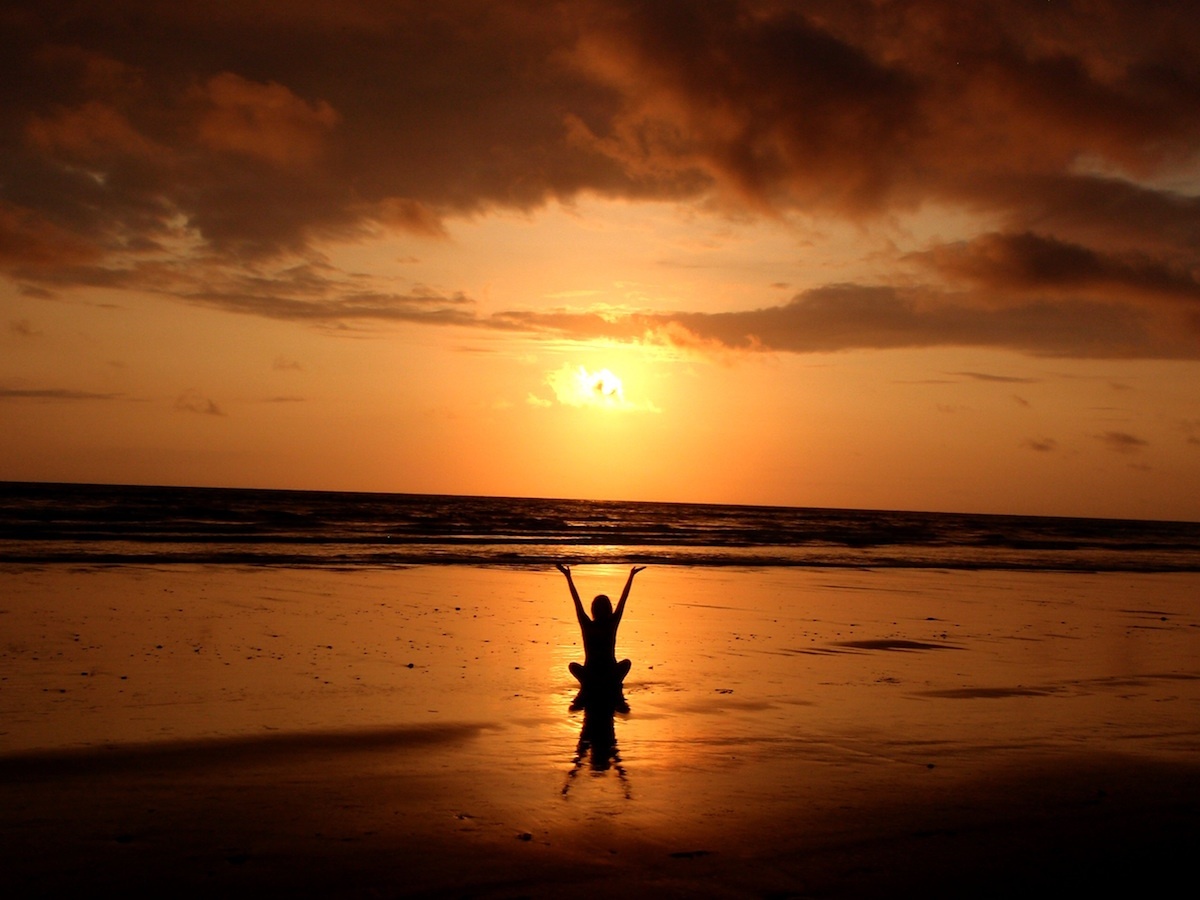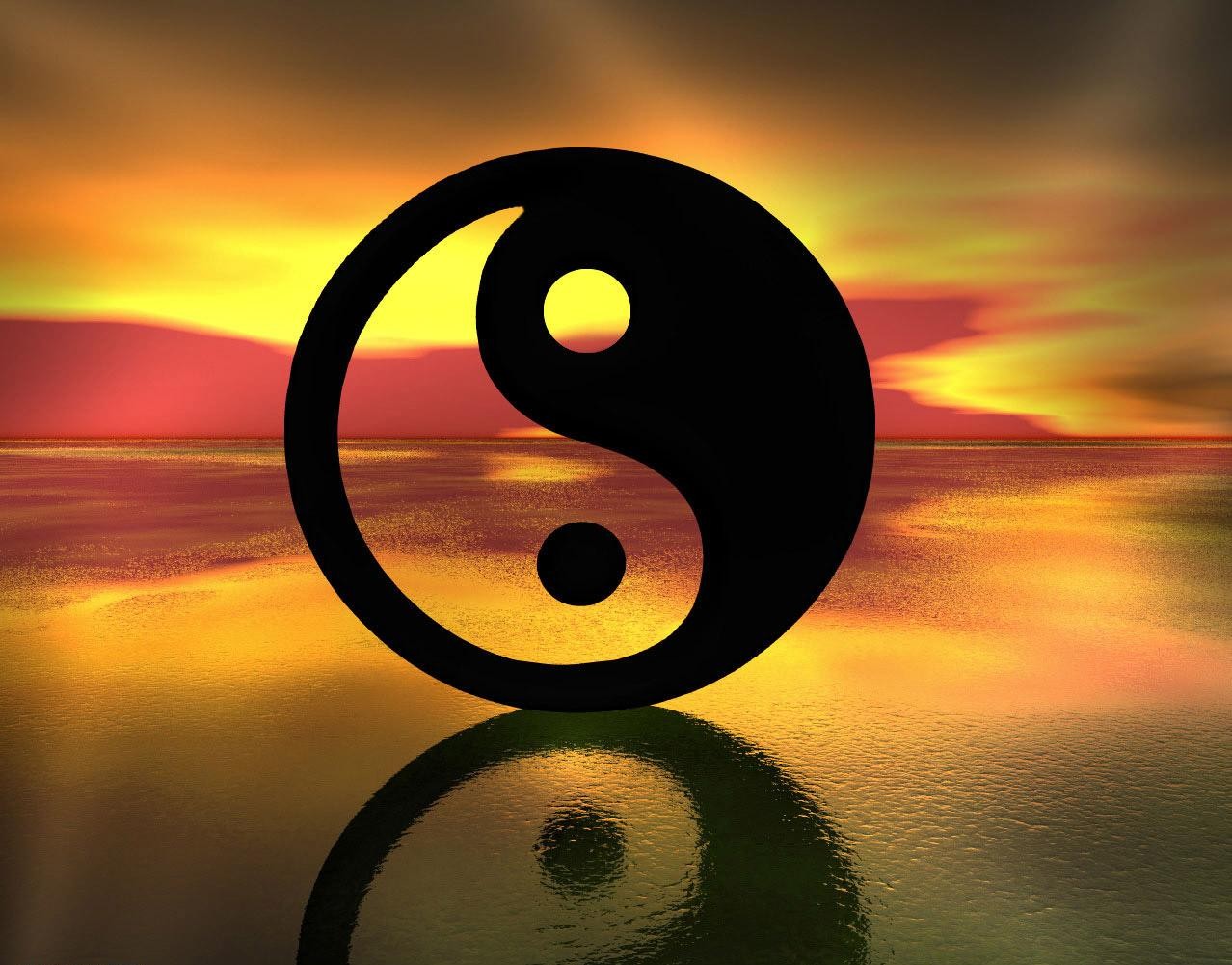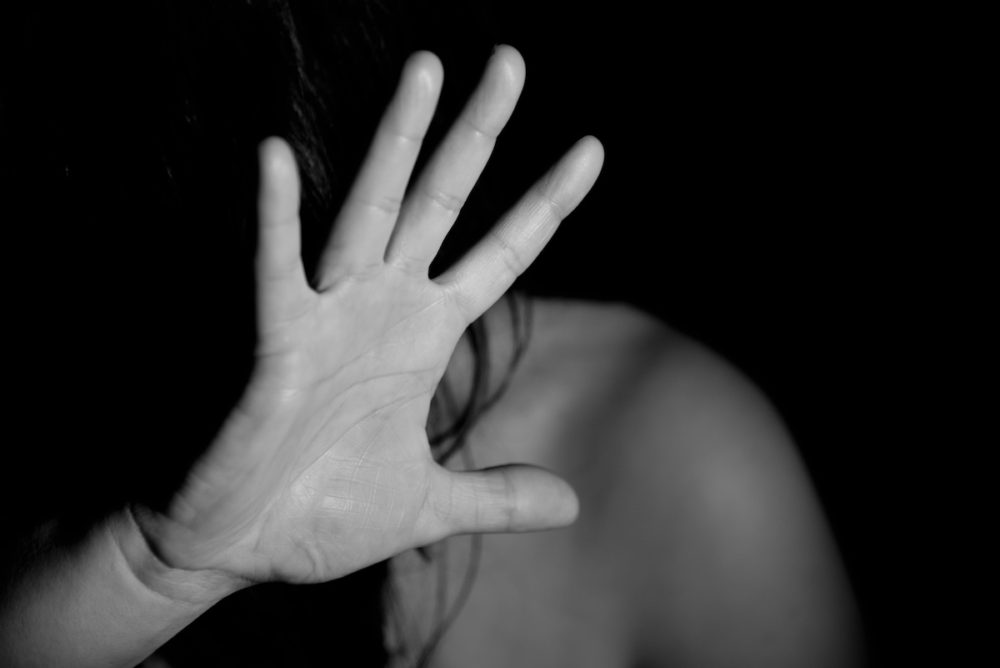On October 10, 2017—recognized as World Mental Health Day—I presented a talk on meditation and mental health at Innergy Meditation in Miami Beach. What follows is the first installment in a five-part article series I’ve written to convey the major points of this discussion.
As someone who works with and believes in the power of meditation and mindfulness, I find it heartening to see the world of modern psychology catching up to the ancient wisdom behind these practices. Meditation and mindfulness have clear applicability in the world of psychology and mental health, with abundant support for their effectiveness. My intention behind writing these articles is to offer a compelling testament of these practices that might inspire you to explore how they can strengthen and expand your mental health.
Before I go any further, I want to start by outlining two distinctions. First, when I refer to meditation, I’m referring to the formal practice of sitting in meditation, irrespective of the particular form or tradition being practiced. Whether you’re into sound bowls, mantras, or guided meditations on YouTube, the information in this article applies. My intention is to talk about the functional aspects of meditation practice that support mental health, regardless of how it’s done. Secondly, though meditation is associated with many spiritual and religious traditions, it can be practiced in a secular way. It’s possible, therefore, to gain all the mental health benefits of meditation without having to subscribe to any particular ideology, approach, or tradition.
You’ll also notice that I regularly use the word mindfulness in this discussion. I use it to refer to the fundamental facets of meditation that we carry off the cushion and into the rest of life. To put it even more specifically, I’ll use Dr. Jon Kabat-Zinn’s definition of mindfulness, which is simply a practice of paying attention, on purpose, in the present moment, with a spirit of acceptance and non-judgment.
Both meditation—formal sitting practice—and mindfulness—a walking, moment-to-moment practice of centering our attention in particular ways—have been demonstrated and validated by scientific study to offer a host of mental health benefits. Some of these benefits include decreased anxiety, decreased depression, decreased stress, increased attention and concentration, increased sense of empathy, and improved overall sense of general wellbeing.
To expand on some of the particular benefits of meditation and mindfulness, I’ve decided to examine their impact on five key areas of mental health. Each article in this series will focus on one of these five mental health domains, the first of which is thoughts.
Any conversation about mental health, has to include some reference to thoughts. Of course, we’re thinking beings, so much of our experience occurs in the domain of thought. And while our minds can do many forms of thinking, there are two in particular that matter significantly to our mental health. First, our minds have a remarkable time-traveling capacity. At any given moment, our thoughts can carry us into the past or the future—and, in fact, this happens all the time. While you might appear from the outside to be cooking dinner or brushing your teeth, you’re likely to be time traveling inside your mind, perhaps thinking about how awful your drive home was or how terrifying it will be to grow old. Life is happening in the present moment, right here and now, but you’re time traveling and missing all of it.
Although it can be pretty neat to hop into the time travel machine in our skulls whenever we please, it doesn’t always turn out to be so pleasant. Depression and anxiety are associated with, among other things, recurring thoughts about the past or future. When our minds insist on pulling us out of our experience and into the time travel machine, our mental health can easily be compromised.
In meditation, we practice sitting with the intention to anchor our attention in the present moment. But inevitably, our thoughts carry us into the time travel machine, and we become distracted. What our practice helps us do is notice when we’ve wandered away so we can gently bring ourselves back. This practice of noticing that we’ve drifted and intentionally bringing ourselves back is like doing brain push-ups. It conditions a mental muscle that, if we utilize it in our daily lives, can help us do less time-traveling and more connecting. Because the truth is, the present moment is usually more pleasant and manageable than where our thoughts tend to take us.
Even if your practice supports you in staying present in the here-and-now, there’s another function of your mind for you to contend with: It’s what I call the storytelling mode—the function of your mind that runs an endless stream of commentary about whatever’s happening in each moment of your life. As humans, we’re meaning-making machines; we interpret everything that happens in our lives, telling ourselves a story about it and making it mean something. And while this isn’t an altogether bad thing, if it goes unchecked, it can dampen our sense of wellbeing and threaten our mental health. Let’s say, for example, that I have a conversation with a colleague. What’s actually happening, in concrete terms, is that my colleague and I are exchanging words with one another. No big deal, right? But if my mind is so inclined, I’ll start to tell myself a story about that conversation. I might tell myself things like, “Gosh, I sounded so stupid when I was talking about this morning’s meeting. I always say the wrong thing at the wrong time. Sooner or later, they’re going to realize I’m not cut out for this job. Then they’ll fire me, and nobody else will ever hire me again. I’m going to end up jobless and alone, because everyone will think I’m a failure. I’m going to die homeless on the streets.” This dramatic, self-deprecating spiral of thoughts can run through the mind in mere seconds. It’s the kind of thing our storytelling mode does—take us from a conversation with a colleague to destitution and ruin in no time at all.
Learning to work with the storytelling mode of the mind is essential to our mental health. If we believe all the thoughts that pass through our minds—especially those based on belief systems that frame us as worthless and life as hopeless—our mental health suffers considerably. If, however, we can develop a different sort of relationship with our thoughts, we can allow them to pass through our minds without becoming disturbed, convinced, or consumed by them. We can maintain and improve our mental health by adopting simple practices that shift the way we relate to the stories in our minds.
Through both meditation and mindfulness, we can learn to observe and bear witness to our thoughts, without believing, endorsing, following, or acting upon them. We come to understand, through our own direct experience, that our thoughts are just thoughts. They aren’t truths. They aren’t commands. They don’t define who we are. In other words, we are not our thoughts. At a literal, scientific level, our thoughts are just electrical impulses in our brains that carry data in the form of words. Just because they come up in our experience doesn’t mean we have to pay attention to them. If we can stay present to what’s actually happening around us in the present moment—like the conversation with a colleague I mentioned before—we can maintain our capacity to respond to life directly, instead of through the filter of the (sometimes terrifying) stories our minds weave. We can learn to notice that all of our thoughts do the same, predictable, thing: They enter our minds, and then they leave. If we do nothing about them, they come and go, all on their own. This ability to allow thoughts to pass without attaching to them is one of the most potent outcomes of meditation and mindfulness practice—one that can stand to transform the way we experience our lives.
Since our mental health consists largely of the relationship we have to the thoughts in our minds, utilizing meditation and mindfulness to transform this relationship is a worthwhile pursuit. I invite you to take the information you’ve read here and look for ways to shift the way you relate to and respond to your thoughts, seeing what new possibilities arise. I’ll see you soon with the second installment of the series. Be well until then.










